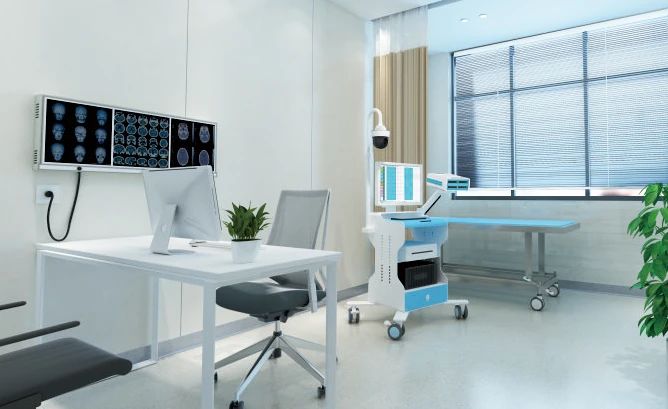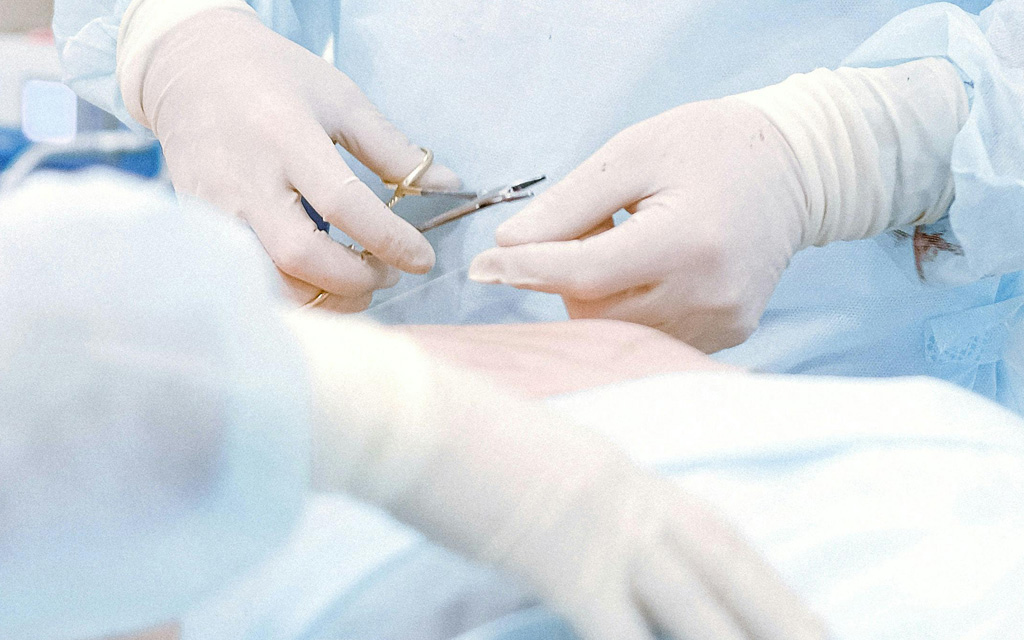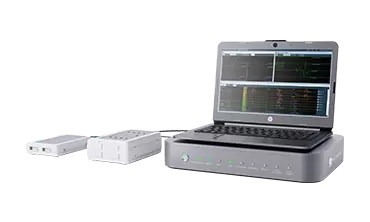256-Channel Digital Electroencephalogram and Evoked Potential Instrument Approved by NMPA
On July 8, 2024, NCC announced that its latest development, the 256-channel digital electroencephalogram (EEG) and evoked potential instrument, successfully received approval from the National Medical Products Administration (NMPA). This milestone marks another significant breakthrough for NCC in the field of electroencephalography.

Advanced Features of the 256-Channel EEG Instrument
The newly approved device is designed to accurately record, replay in real-time, and process human brain electrophysiological signals. It is particularly effective in measuring changes in brain bioelectric potentials under various stimulus conditions, such as auditory and visual stimuli. This capability enables the assessment of event-related potentials (ERPs) like P300, MMN, CNV, and P50, assisting medical professionals in evaluating and diagnosing patients' cognitive functions.
Key Applications
In the medical diagnostic field, digital EEG instruments serve as crucial auxiliary diagnostic tools. They play an irreplaceable role in researching and diagnosing brain function abnormalities. Specific applications include:
1. Preoperative Assessment for Epilepsy Surgery:
- Multidisciplinary collaboration is essential for epilepsy surgery, where long-term video EEG (VEEG) monitoring is one of the most critical components.
- This involves intracranial electrode placement followed by VEEG monitoring and intraoperative electrocorticography (ECoG), which are vital for accurate surgical intervention.
2. Long-Term Video EEG Monitoring (VEEG):
- Monitoring epileptic seizures often requires additional EEG recording electrodes beyond the 10-20 system and more channels for electromyography (EMG).
- Traditional 32-channel instruments may not suffice; therefore, a higher-channel video EEG device is necessary.
- NCC’s digital EEG device offers 64-256 channels, including standard EEG channels and additional electrodes for comprehensive monitoring.
3. Intracranial Video EEG Monitoring (iEEG):
- iEEG involves long-term monitoring after intracranial electrode placement during surgery. This method can be invasive or minimally invasive (stereotactic deep electrodes).
- Effective iEEG requires at least 128 amplifier channels; SEEG may require even more.
- NCC’s digital EEG instrument supports up to 256 channels for precise signal recording and real-time data processing.
4. Intraoperative Electrocorticography (ECoG):
- ECoG records the electrical activity of the brain cortex during surgery using strip or grid electrodes.
- This technique provides supplementary information for accurately locating seizure foci before excision.
5. Intraoperative Motor Function Monitoring:
- When surgical excisions are near primary motor areas or subcortical pathways, intraoperative motor function monitoring is crucial.
- Somatosensory evoked potentials (SEPs) are used to determine the location of central sulcus before anesthesia.
- Continuous monitoring of compound muscle action potentials (CMAP) during surgery helps protect motor functions.
The Importance of High-Density Data Collection
The approval of NCC's 256-channel digital EEG and evoked potential instrument enhances diagnostic accuracy and treatment efficacy by allowing clinicians to observe brain activity in greater detail. This capability is particularly vital in diagnosing and studying neurological disorders such as epilepsy, brain injury, mental disorders, and cognitive dysfunctions.
The high-density data collection enables healthcare providers to make informed decisions based on comprehensive insights into a patient's brain function. The ability to record multiple channels simultaneously provides a clearer picture of brain activity patterns and anomalies.
Conclusion
The recent approval from NMPA for NCC's advanced 256-channel digital electroencephalogram and evoked potential instrument underscores its commitment to innovation in neurodiagnostics. With its high-density data collection capabilities and advanced features tailored for various clinical applications, this instrument is set to make a significant impact on the diagnosis and treatment of neurological diseases.
As NCC continues to lead advancements in electroencephalography technology, healthcare professionals can look forward to enhanced tools that support better patient outcomes. If you have any questions about our products or want to learn more about how our technology can benefit your practice, please reach out to us at NCC! Together, we can advance the field of neurodiagnostics and improve patient care.

 中文
中文 Arabic
Arabic Spanish
Spanish Hindi
Hindi French
French Indonesian
Indonesian Portuguese
Portuguese Persian
Persian Russian
Russian Korean
Korean German
German Vietnamese
Vietnamese Turkish
Turkish



